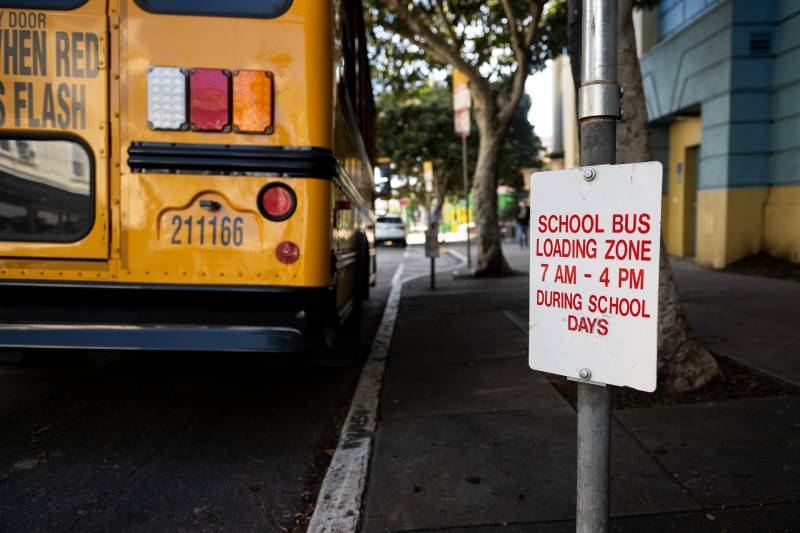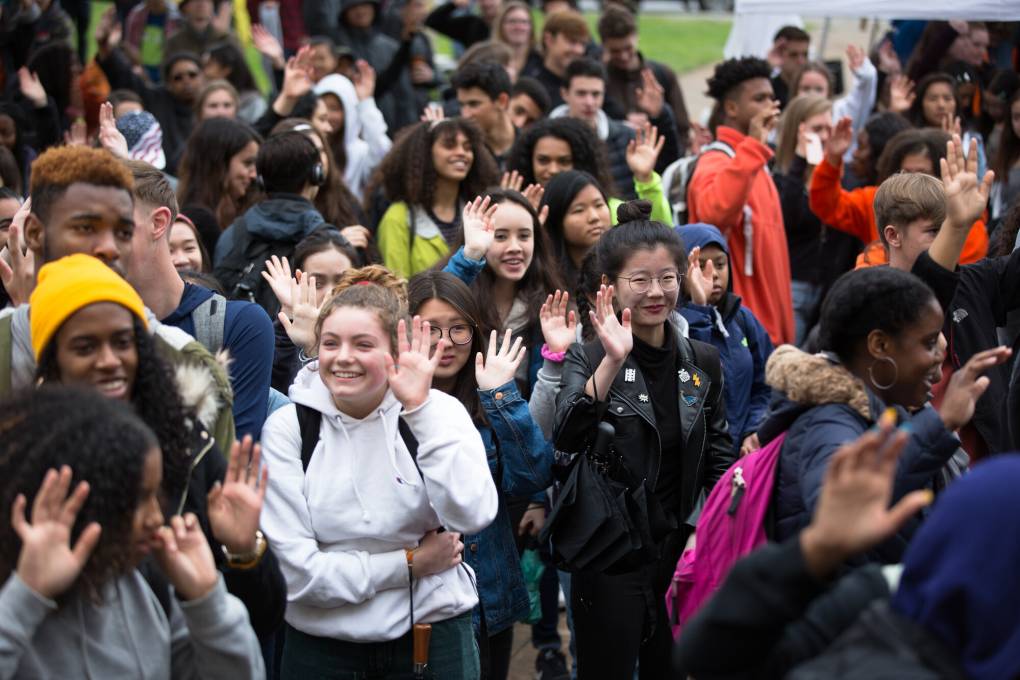In addition to school closures, SFUSD has already cut more than 900 positions, many of which were vacant, and implemented a hiring freeze for non-classroom positions to help rightsize the budget.
It is planning additional expenditure reductions of more than $100 million in the 2025–26 year and will not have access to one-time federal funds it has used to cover deficit spending for years. If the school board isn’t able to balance next year’s budget, it could face a state takeover.
The uncertainty makes it challenging for teachers to do their jobs, Curiel said.
“If you were told today that your job may not be available to you in 10 months, and it’s just flying around — there’s no plan, there’s no relocation, there’s no guarantees of any kind — how would you work for the next 10 months?’ she asked.
Parents dropping off their children on the first day of school also said they had worries about the year to come. Nadim Hossain said that he sees the state of the district as a “leadership failure.”
“I guess we screwed up as voters, I think, is what I would say,” he said.
Discontent with the school board is not new. In 2022, three members were recalled because of frustration over the district’s handling of schools during the pandemic, as well as budget concerns with declining enrollment. In November, four of the seven seats will be on the ballot.
In June, the city’s teachers’ union endorsed an unexpected group of four candidates — one progressive and three moderate. In the past, the union has not typically endorsed moderates running for the seats.
Parents at smaller, under-enrolled schools are worried about the closures. Though the algorithm being used to determine which schools will close is apparently weighing equity heavily, there is anxiety for parents who fear their children’s campus might be shuttered.
“It’s so unfair, and it breaks my heart,” Cece Roberts, another seventh-grade parent at Marina Middle, said.
Despite worries about the future, Meredith Dodson, the executive director of the San Francisco Parents Coalition, told KQED that the first day still feels joyful.
“When you go back to the student level, the classroom level, it’s just positive and warm, loving, caring teachers welcoming students back,” she said.
KQED’s Gilare Zada contributed to this report.


